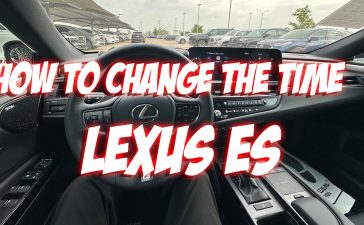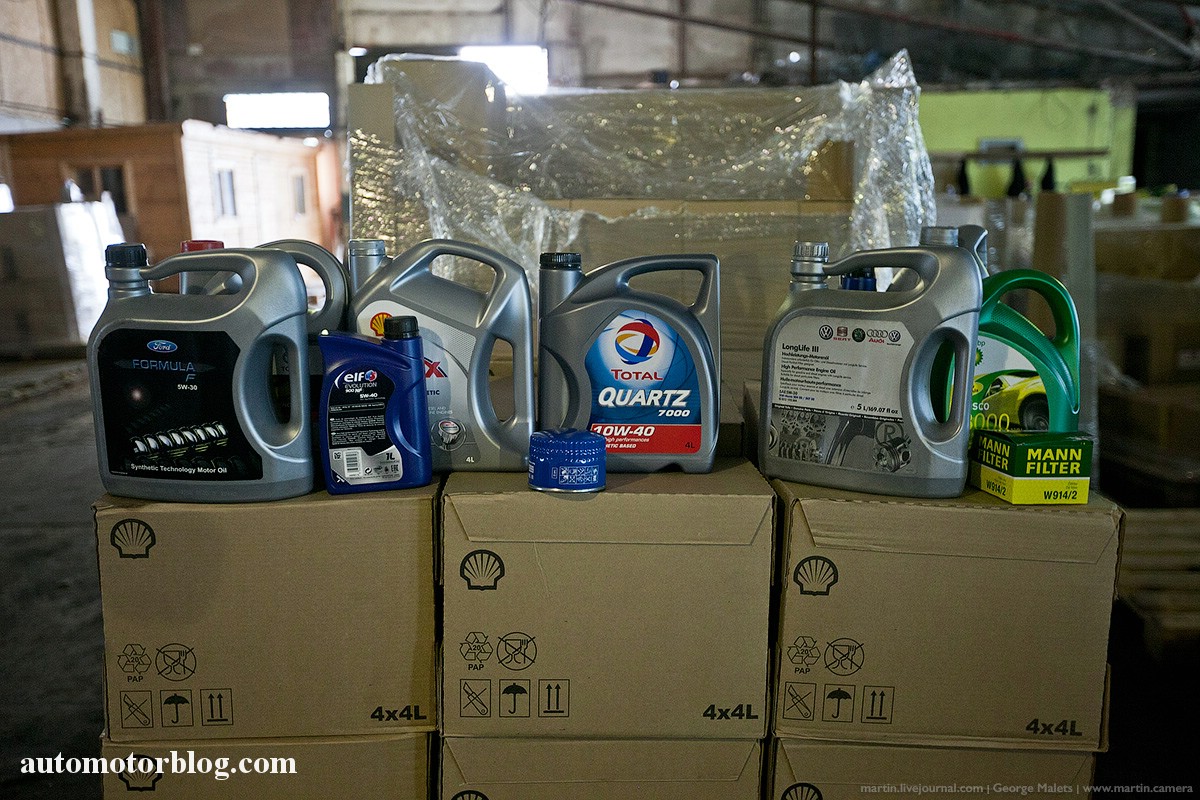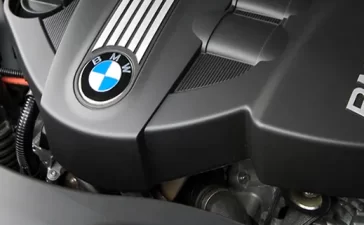When it comes to blending luxury, performance, and prestige, few car brands come close to BMW. Known not just for their sleek design, but also for their powerful and efficient BMW engines, owning one is a rite of passage for many. It represents more than just a mode of transportation—it signifies a love for engineering, design, and the joys of driving. However, for some, the cost of a brand-new BMW can be prohibitive. Thankfully, the used car market presents a viable alternative. But, diving into the world of second-hand luxury cars can be a daunting task. Fear not! This comprehensive guide will navigate you through the process of buying a used BMW with ease, ensuring you get the best value for your money.
Every car’s journey from the showroom to a second or third owner tells a unique story. While some tales are of care, attention, and meticulous maintenance, others can be of neglect, accidents, or even abuse. It’s crucial to understand this story before you commit. Whether you’re a seasoned car buyer or a first-timer, understanding the specifics of purchasing a used BMW can save you not only money but potential headaches down the road.
With a brand as distinguished as BMW, it’s all about the details. Each model carries its heritage, features, and potential issues. Let’s break down the steps to help you buy the ultimate driving machine of your dreams.
Set a budget
Setting a budget is the foundation of any significant purchase. When it comes to buying a used BMW, it’s essential not just to account for the upfront cost, but also potential maintenance, insurance, and other ownership expenses.
Remember, luxury cars, even when bought second-hand, can have luxury-level maintenance costs. So, be realistic. If you’re stretching just to make the purchase, you might find yourself in a tight spot when unexpected repair bills pop up. Factor in a buffer for unforeseen costs to ensure a smooth ownership experience.
Choose a Model
BMW has an extensive range of models, from sporty coupes to family-friendly SUVs. Understand what you need from the car—is it daily commuting, weekend drives, or family trips? Each model has its unique set of features and potential concerns.
For instance, the 3-series is renowned for its balance between performance and practicality, while the 7-series is the epitome of luxury. Research the common issues related to specific models and years. Some might have recurring problems that you’d want to be aware of.
Do your research
Once you have a model in mind, dive deeper. Join BMW forums, read owner reviews, and understand the common problems and joys of owning that particular model. This will not only give you insights about what to look out for but also build your excitement for the impending purchase.
Also, consider factors like the average market price, cost of parts, and the availability of aftermarket support. Being informed is your most potent weapon against making a purchase you’ll regret.
Find a reputable dealer
While personal sellers can sometimes offer better deals, dealerships provide a layer of security and accountability. When choosing a dealer, look for ones with excellent reviews, a comprehensive service history for their cars, and transparent business practices.
Remember, buying a car is not just about the car itself. It’s about trust. Ensuring you’re purchasing from someone reputable can save you from many potential pitfalls down the line.
Inspect the car carefully and check the Vehicle History
The condition of a used car speaks volumes. Look for signs of wear and tear, mismatched paint, or uneven gaps—these could indicate accidents or shoddy repair work.
Furthermore, always get the Vehicle History Report. This document will tell you if the car has been in major accidents if it’s had multiple owners, or if there are any liens on it. Any discrepancies between the report and the dealer’s story should be a red flag.
Get a pre-purchase inspection
Even if everything looks good on the surface, hidden issues might lurk beneath. Hiring a professional to do a pre-purchase inspection can reveal problems you might not be equipped to identify.
This might seem like an extra cost, but in reality, it could save you thousands in the long run. If the seller hesitates or denies an inspection, consider it a warning sign.
Test Drive
A BMW is known as the ultimate driving machine for a reason. When test driving, pay attention to how the car feels and sounds. Check for any unusual noises, vibrations, or quirks in the driving experience.
Beyond the mechanics, ensure the interiors are to your liking, the electronics work correctly, and that the overall experience aligns with your expectations.
Negotiate the price
Armed with your research, inspection results, and the experience from your test drive, you’re in a strong position to negotiate. Remember, while it’s okay to want a good deal, it’s also essential to be fair. If a deal seems too good to be true, it probably is.
Buy the car and Paperwork
Once you’ve settled on a price, it’s time to handle the paperwork. Ensure all documents are in order—title, registration, and bill of sale. If you’re financing the car, make sure you understand the terms thoroughly.
Buying a used car also gives you a chance to purchase an extended warranty. Depending on the car’s age and condition, this might be a wise investment.
Post-purchase Maintenance
Congratulations on your BMW! Now, the key to enjoying it is regular maintenance. Stick to the service schedule, use quality parts, and don’t ignore small issues. A well-maintained BMW can offer you years of driving pleasure.
While buying a used BMW requires diligence, the joys of owning one make the effort worthwhile. Here’s to many happy miles ahead!












